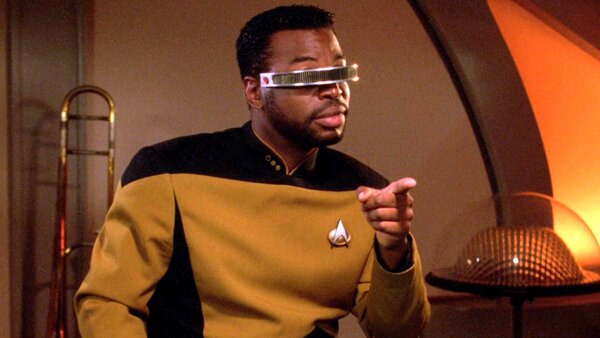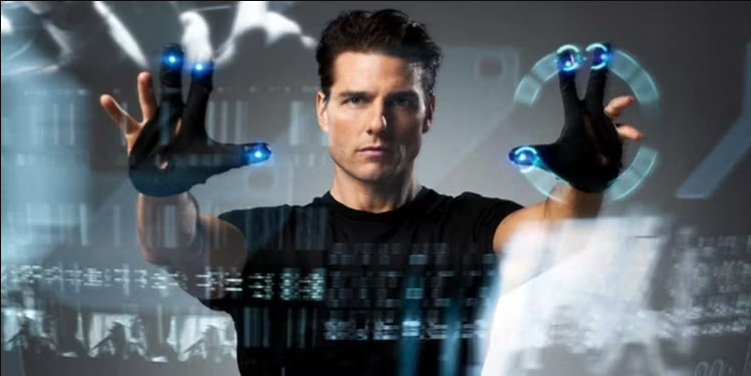Science fiction continually dazzles us with its imaginative visions of the future, filled with advanced technology and futuristic interfaces. These depictions not only inspire but also offer a unique lens through which to examine how accessibility is envisioned in tomorrow's world. This blog post delves into some of the best and worst portrayals of accessibility in sci-fi films and TV shows, from interfaces that eliminate barriers to those that inadvertently create them.
Sci-Fi's Vision of the Future
In many sci-fi films, the future often portrays a more inclusive and technologically advanced society for individuals with disabilities. Some common themes include:
- Advanced Prosthetics and Augmentation: Sci-fi often showcases advanced prosthetic limbs and neural interfaces that enable individuals with disabilities to regain or even enhance their physical abilities.
- Universal Accessibility: Future societies often prioritize universal accessibility, with buildings, transportation, and technology designed to accommodate all disabilities, promoting inclusivity.
- Cure and Enhancement: Some sci-fi scenarios explore the possibility of curing disabilities through genetic engineering or other medical advancements, blurring the line between disability and enhancement.
- AI and Assistive Technology: Artificial intelligence and advanced technology are frequently used to create innovative assistive devices, from smart wheelchairs to communication aids that provide greater independence.
- Mind-Computer Interfaces: Sci-fi often imagines brain-computer interfaces that can help people with disabilities control technology and even communicate more efficiently.
- Social Acceptance: Many sci-fi stories depict future societies where disabilities are fully accepted, and discrimination is minimized, emphasizing the importance of inclusivity and diversity.
It's important to note that sci-fi often reflects societal hopes and fears about the future, so these depictions can vary widely. For this discussion, we'll focus on the theme of universal accessibility and the interfaces portrayed in sci-fi media.
The Best Examples of Accessibility
Star Trek: The Next Generation is often hailed as a paragon of inclusive technology. The starships' computer interfaces feature voice commands and touch-sensitive controls, showcasing a commitment to universal design. Characters like Geordi La Forge, who is blind, use visors and computer interfaces that cater to their specific needs.

James Cameron's Avatar takes accessibility to a whole new level with neural link technology. This allows paraplegic Marine Jake Sully to operate an Avatar body, highlighting the power of technology to empower individuals with physical disabilities.
In the world of Iron Man, Tony Stark's Iron Man suit interfaces directly with his brain, overcoming physical limitations and offering a high level of accessibility. This portrayal demonstrates the potential for technology to enhance the lives of those with disabilities.
The Worst Examples of Accessibility
While Minority Report wows audiences with its gesture-based computer interface, it's highly complex and likely inaccessible to people with disabilities. The system demands precise hand movements, making it a daunting challenge for those with motor impairments.

The Matrix presents a captivating but inaccessible computer interface. Its intricate code-based system is visually stunning but excludes individuals who rely on visual interfaces. Moreover, "jacking in" via a port in the body alienates those with physical disabilities.
In the cyberpunk world of Blade Runner, computer interfaces prioritize style over accessibility. Complex, text-based systems may pose difficulties for individuals with visual impairments.
Conclusion
Science fiction often prioritizes storytelling and aesthetics over real-world usability, so these depictions should be viewed with some skepticism. Nonetheless, many works deliberately address accessibility and inclusivity in technology, providing positive examples for future design and development. The best examples in sci-fi inspire us to expand the boundaries of inclusivity, emphasizing the importance of creating technology that removes barriers rather than creating them.
While sci-fi reflects societal hopes and fears about the future, the reality for individuals with disabilities will depend on a complex interplay of technological advancements, social attitudes, and policies. Although not all sci-fi visions may come to pass, ongoing progress in technology and social awareness can certainly pave the way for a more inclusive and accessible future.